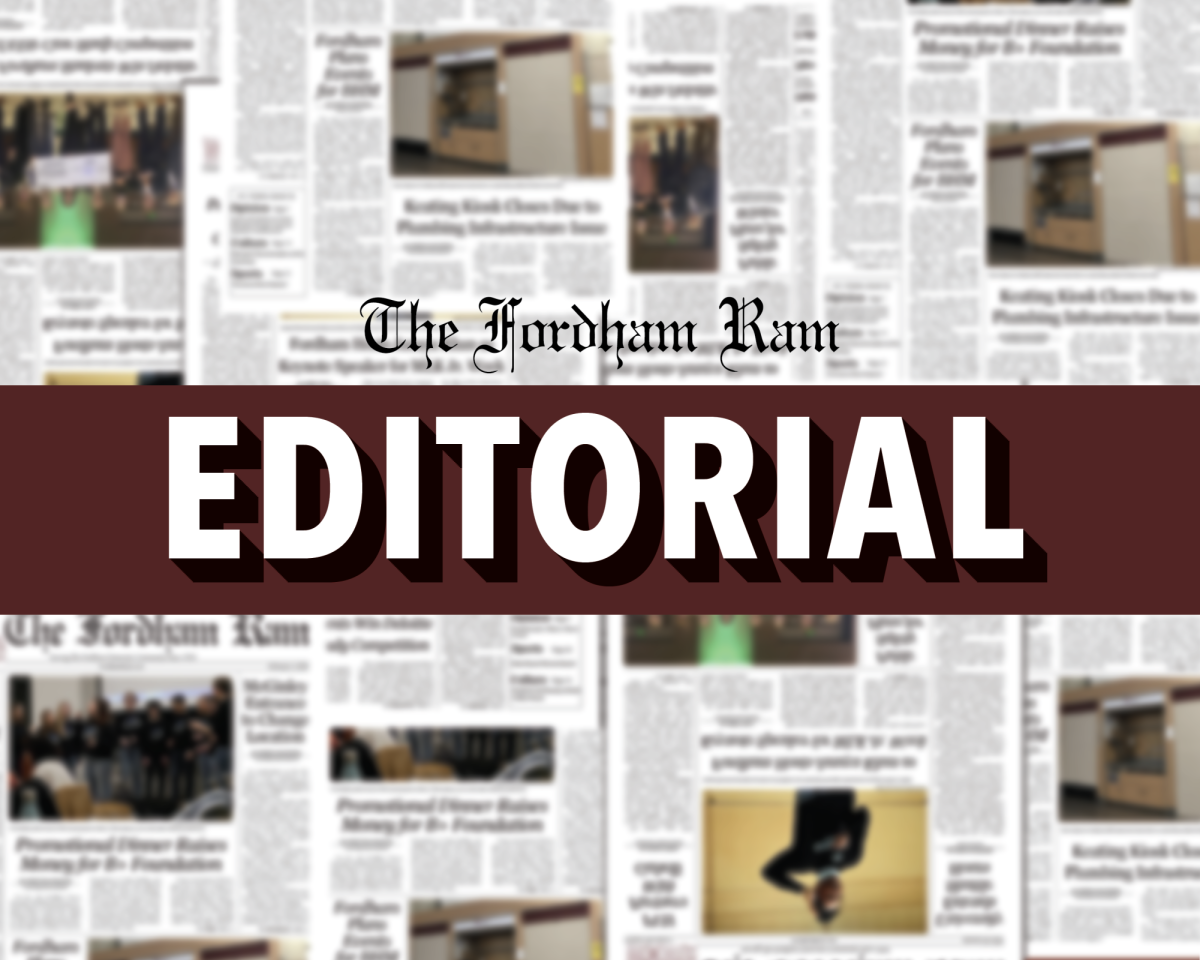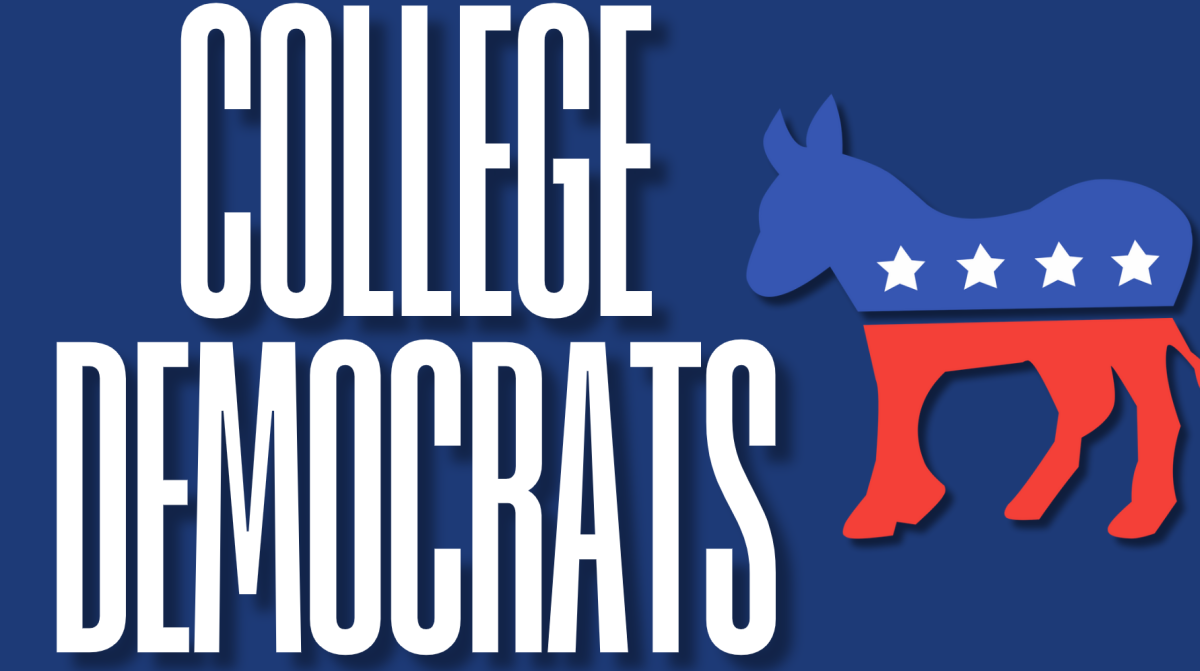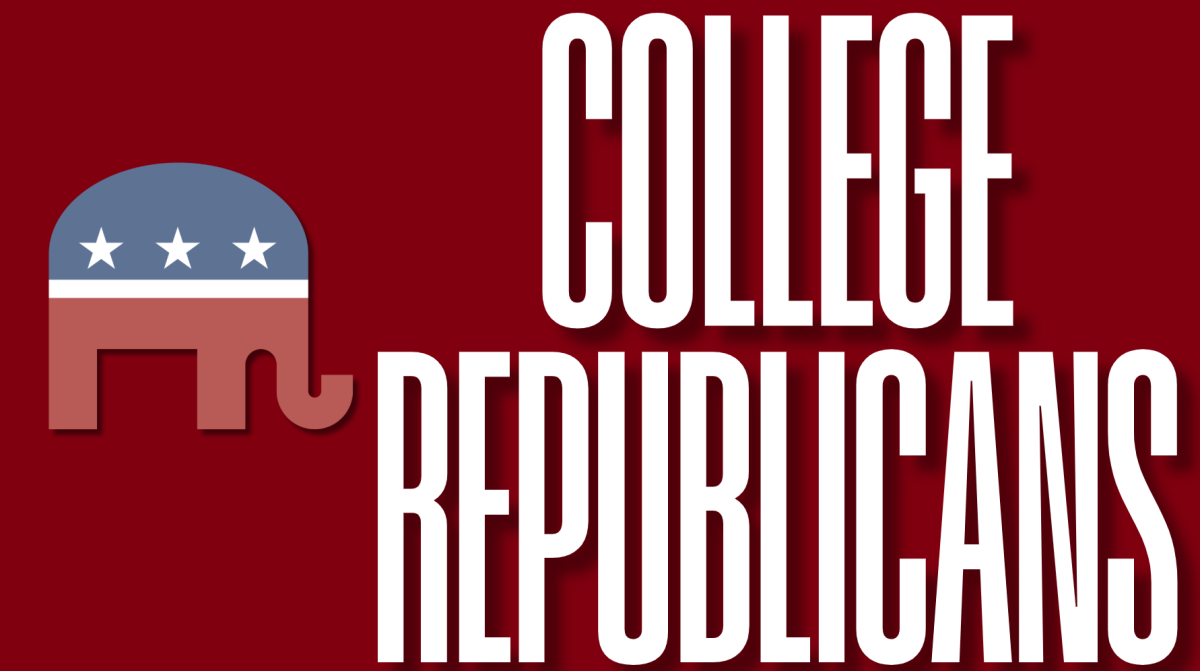In one of the summer’s biggest news stories, the Supreme Court overturned affirmative action in a 6-3 ruling. For those unfamiliar with affirmative action, it is a practice that allows employers and educational institutions to look at how discrimination in several forms including, race, gender, ethnicity or age, would have excluded someone from various opportunities. The policy was originally enacted under President Lyndon B. Johnson to assist Black Americans in the U.S. with receiving equal opportunity. Eventually, the policy expanded to consider other races and add other factors such as gender and age.
To claim that universities using affirmative action in their admissions process is giving some applicants “a leg up” over others is extremely ignorant to the institutionalized racism in the United States. Affirmative action helps bring equity to higher education.
For a Supreme Court justice to claim we have a “colorblind Constitution” and that “all men are created equal, are equal citizens, and must be treated equally before the law” is extremely concerning. To be clear, the second part of that quote should be true, but sadly, historically that has not been the case. It has not been the case because we do not have a “colorblind Constitution,” and we do not have a colorblind society in the U.S. It is extremely concerning that someone who is supposed to be the foremost expert on the Constitution would claim the document is colorblind.
Justice Ketanji Brown Jackson said it best in her minority opinion: “With let-them-eat-cake obliviousness, today, the majority pulls the ripcord and announces ‘colorblindness for all’ by legal fiat. But deeming race irrelevant in law does not make it so in life.”
Affirmative action gives space for applicants to share what life experiences or obstacles they have had to overcome on their path to receiving an education. Taking away affirmative action does not even the playing field; it simply reverts back to favoring white, resource-rich students who have not felt the effects of systemic racism. The Supreme Court is ruling in opposition to progress.
To take a more insular look, Fordham University President Tania Tetlow released a statement to the Fordham community in an email sent the day the decision was released, June 29. In the statement, Tetlow writes “as a university president — and a law professor who focused on the constitutional guarantee of equal protection — I am both disappointed and determined to find a path forward.” This provides a message of hope for the path Fordham will take forward in relation to the college admissions process and finding a way to implement the beneficiary role affirmative action plays while not violating the Supreme Court decision.
However, within their supplemental questions on the Common Application, Fordham does not make it clear they are hoping to hear how race could impact their college decision. The three questions ask students to share an experience that changed their perspective, describe how they would contribute to our campus and community or write what has prepared them for receiving a unique opportunity to live and learn in New York. Looking at this from the applicant perspective, it is unclear if any of these questions are asking about the impact of race on their life and education.
Other universities have found ways to operate within the “window” that the Supreme Court has left open in a clearer way than Fordham has. Harvard, one of the schools involved in the cases heard before the Supreme Court, found a subtle way to reference affirmative action. One of their supplemental questions details that “Harvard has long recognized the importance of enrolling a diverse student body. How will the life experiences that shape who you are today enable you to contribute to Harvard?”
Sarah Lawrence, another private university in New York, took a more explicit approach to the question. The Sarah Lawrence application pulls a quote from the majority opinion outlining how they are permitted to ask questions about how race has impacted a student’s life. They follow this quote with a question asking students to draw “upon examples from your life, a quality of your character, and/or a unique ability you possess, describe how you believe your goals for a college education might be impacted, influenced, or affected by the Court’s decision.”
Looking outside of private universities, public institutions have also found a way to ask questions with a more direct reference to affirmative action than Fordham has. The University of Michigan prefaces their question by stating that “everyone belongs to many different communities and/or groups defined by (among other things) shared geography, religion, ethnicity, income, cuisine, interest, race, ideology, or intellectual heritage.” The applicant is then asked to describe their place within the community they choose.
These three examples show that other universities, both public and private, in New York and out, have been able to find loopholes to the Supreme Court’s decision. As Tetlow wrote in that June 29 email, the Supreme Court left space to ask applicants “how race affected his or her life, be it through discrimination, inspiration, or otherwise.” Fordham has space to push their questions to be more explicitly about affirmative action just as these other schools have done.
Fordham claims to be “committed to diversity in all dimensions.” It’s too soon to tell how Fordham’s student body diversity will be affected by the overturn of affirmative action and whether the university has taken a strong enough stance to uphold their desire for a diverse community. It does seem that Fordham is taking a soft approach at the moment to the issue of affirmative action, but hopefully in the future and following in the footsteps of these other institutions, Fordham can more boldly stand defiant to the overturn of affirmative action. Only time will tell.







































































































































































































